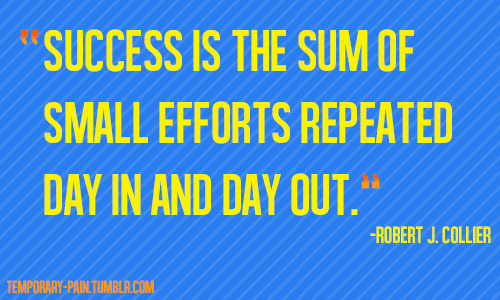The body mass index does not take into account how the body fat
is distributed. The body mass index cannot tell the difference between
fat mass and muscle mass. The waist circumference tells you about your
body fat and it is a better guide to let you know if you are at risk of
developing certain health conditions. These health conditions include
diabetes, high blood pressure, heart disease, stroke and certain
cancers: breast, colon, bowel, pancreas, esophagus, kidney and cancer of
the womb.
The waist circumference in simple terms means a measurement around
the waist. People who carry excess body fat around their middle (abdomen) are more likely to suffer from certain health conditions. This is known as an apple shape. When you carry a lot of weight around your hips, it is known as a pear shape. A person who carries more excess weight around the middle is at a greater risk than a person carrying excess weight around the hips and thighs. According to experts, a person who has got excess body fat is more likely to have excess inner fat around the organs putting them at risk of developing heart disease and also type 2 diabetes. Studies done reported that for every 1cm increase in waist circumference, there is a risk of heart disease.
The waist circumference guide for women at increased risk is >80 cm and for men >94 cm. Those at considerably increased risk have a waist circumference of >88cm for women, and >102cm for men (This is above 90cm for Asian men and above 94 cm for white and black men).
How to assess your body fat
Body fat can be assessed by either measuring the waist to hip ratio or the waist circumference. But the waist to hip ratio is enough to tell you if whether you are at risk. The waist circumference is preferred over the waist to hip ratio as it gives you a measure of how fat you are in you are in the middle as well as letting you know whether you are at risk of developing heart disease.
How to measure Your Waist Size
o Find a tape measure of good length o Place around your waist, around your narrowest part between the bottom part of your ribs and the top part hip bone o Make sure the tape is not slanted or twisted or is not pressed tightly to the skin o Check what your waist measurement is see whether it Puts you at risk of developing any health condition
The waist circumference in simple terms means a measurement around
the waist. People who carry excess body fat around their middle (abdomen) are more likely to suffer from certain health conditions. This is known as an apple shape. When you carry a lot of weight around your hips, it is known as a pear shape. A person who carries more excess weight around the middle is at a greater risk than a person carrying excess weight around the hips and thighs. According to experts, a person who has got excess body fat is more likely to have excess inner fat around the organs putting them at risk of developing heart disease and also type 2 diabetes. Studies done reported that for every 1cm increase in waist circumference, there is a risk of heart disease.
The waist circumference guide for women at increased risk is >80 cm and for men >94 cm. Those at considerably increased risk have a waist circumference of >88cm for women, and >102cm for men (This is above 90cm for Asian men and above 94 cm for white and black men).
How to assess your body fat
Body fat can be assessed by either measuring the waist to hip ratio or the waist circumference. But the waist to hip ratio is enough to tell you if whether you are at risk. The waist circumference is preferred over the waist to hip ratio as it gives you a measure of how fat you are in you are in the middle as well as letting you know whether you are at risk of developing heart disease.
How to measure Your Waist Size
o Find a tape measure of good length o Place around your waist, around your narrowest part between the bottom part of your ribs and the top part hip bone o Make sure the tape is not slanted or twisted or is not pressed tightly to the skin o Check what your waist measurement is see whether it Puts you at risk of developing any health condition
Evelyn Pindura is a both a qualified Nurse and Midwife and has
several years of experience. For more useful information about how to
lose weight with long term benefits visit: http://www.thefoodweeat.co.uk
Article Source:
http://EzineArticles.com/?expert=Evelyn_Pindura

